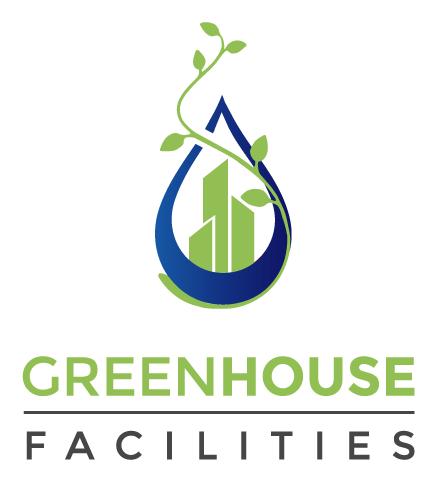Food travels 1500-2500 miles to arrive at your kitchen.
Consider this: an average sandwich has seven ingredients; at a grand total of 14,000 miles traveled, your Turkey Club has seen more of America than you have. Thank goodness for Farmers Markets and Community Supported Agriculture (CSA), because when it comes to the food you eat distance traveled is as important to the environment and your health as organic, pesticide-free farming.
Farmers Markets have grown in popularity by leaps and bounds thanks to the overwhelming demand for organic food. The CSA system is still relatively new to most people even though it boasts many advantages over a traditional Farmers Market.
So what’s the difference between a local Farmers Market and a CSA? The name says it all.
Community Supported Agriculture is a farm that exists through the help of the surrounding community in exchange for a portion of the harvest; sometimes financial support, sometimes pitching in to do the work, sometimes both.
A Farmers Market is in fact a market; a place where you and I can go and buy a farmer’s wares without pledging ongoing support or lending a hand in the production.
Like chocolate and watches, the CSA system was conceived in Switzerland, Germany, and Japan in the 1960’s as a response to food safety concerns and land development. The movement spread across Europe and then made its way to America in the early 1980’s.
Thanks in large part to our increasing demand for safe, nutritious food the US Department of Agriculture claims there are almost 13,000 CSA farms in the USA producing food through organic or biodynamic growing practices. Interestingly, CSAs are not always traditional farms; many more CSAs in urban areas are a product of a low income outreach program to encourage families—and even homeless people—to take control of their food and their neighborhoods by developing urban farms. These CSAs are springing up in abandoned lots, school yards, and donated land. When you support these CSAs you’ll be helping members of your community as well as purchasing local, organic ingredients and services.
3 Steps to getting the food from a CSA to your table
- Find a CSA near you
- Depending on the policies of the CSA you select, you will need to subscribe to a certain amount of food and delivery frequency. Most members pay for 1X weekly deliveries of a “Box” of whatever the harvest is that week, based on the season. You could get vegetables, fruit, herbs, flowers, honey, eggs, meat – all based on the farm you choose and the type of subscription you pay for.
- Pick it up. Similar to the Farmers Market, many CSAs have a weekly drop-off location where subscribers come to pick up their “box” for the week. The fun of a CSA versus a Farmers Market is that your weekly menu will depend on the items in your box. This way you eat only seasonal, fresh, locally grown food.
CSAs and Farmers Markets offer real opportunities to support local food producers, interact with our community, maintain a green, eco-friendly lifestyle, and eat well. What could be better?
If you’d like to learn how a family farm resurrected itself by converting to a CSA, watch the documentary The Real Dirt on Farmer John. Learn more about a CSA near you
Where do you usually buy your produce, meat, and eggs? Are you member of a CSA that you can recommend? We’d love to hear about your experience! Connect with us on Facebook and post photos & recipes you enjoy with the fresh fruit and produce you found at a CSA or Farmer’s Market in your neighborhood!
